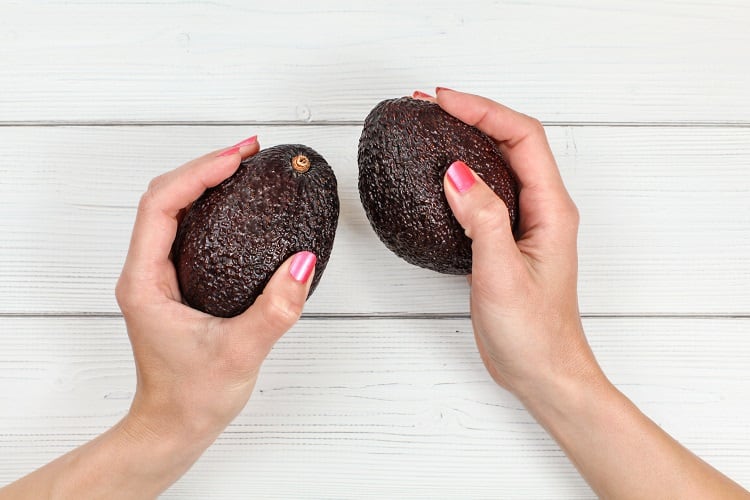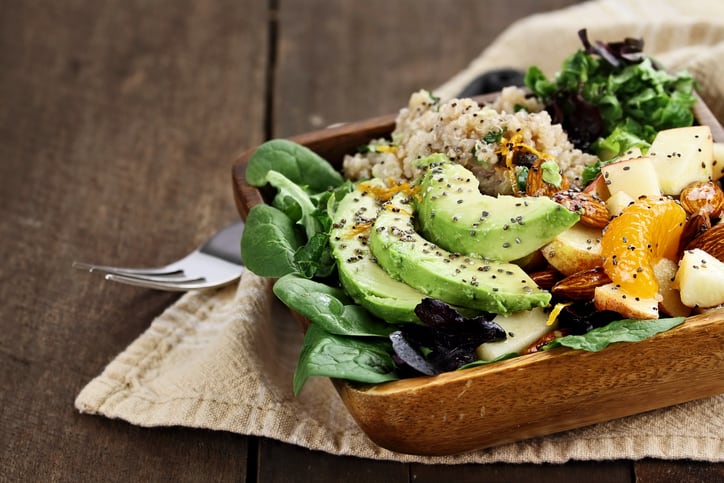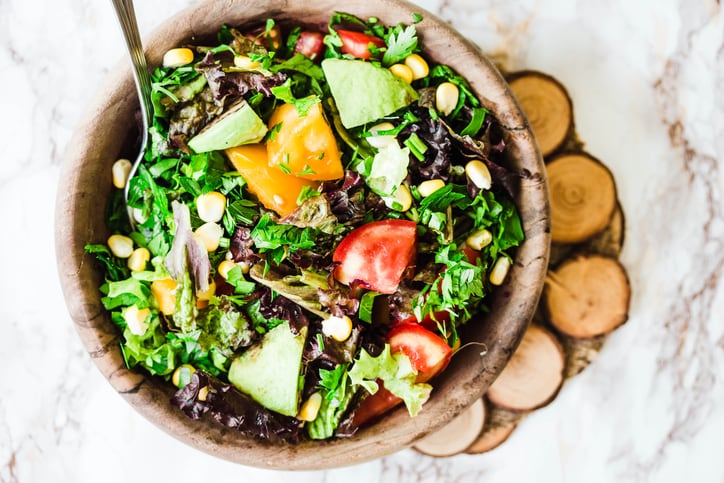Originally from Mexico, today avocados grow in tropical and Mediterranean climates around the world – including in Colombia, the Dominican Republic, and Israel.
They are a popular fruit, even in cooler climates. The UK alone imports nearly 100,000 tonnes of avocado per year, with demand increasingly on the rise.
Yet more and more consumers are looking to purchase ready-to-eat avocados, rather than leaving them to ripen in the fruit basket, and suppliers are struggling to meet demand.
At the same time, a significant amount of waste occurs along the avocado supply chain. This is largely due to destructive testing methods and inaccurate assessments of the fruit’s firmness, which sees up to 30% of avocado fruit wasted during grading, and a further 5% lost at retail.
Researchers in the UK are hoping to address both these issues with a new testing method. According to Professor Leon Terry and Dr Sandra Landahl from Cranfield University, the technique has the potential to help meet consumer demand for ready-to-eat fruit and cut waste by up to 10%.
Tapping lasers and vibrations to test fruit
Currently, the ripeness of an avocado is tested through either a pneumatic device – which pushes into the fruit – or through manual testing.
At Cranfield University, however, the team is adapting a technology for avocado testing that is more often used in automotive factories, where it verifies the uniformity of large engineered parts.
Known as laser Doppler vibrometry (LDV), the technology beams a laser at the fruit to measure refracted light. Small vibrations caused by an automated impact device then tests the resonant frequency.
To test the technique’s efficacy, the researchers sourced data from two trials using imported Hass avocados from Chile and Spain. The fruits were ripened at 12 °C and 18 °C, respectively.
“Standard force-deformation measurements, and either single or simultaneous dual vibration time signals were recorded during shelf-life, and assessed against respiration and non-structural carbohydrate content,” noted the researchers.
“Resonant frequencies measured from fruit by means of LDV decreased two- to four-fold during ripening and this corresponded with a concomitant decrease in firmness.
“The capability of the LDV system to non-destructively discriminate between ripeness stages was demonstrated.”
From the lab to the distribution centre
As Professor Terry, Director of Environment and Agrifood at Cranfield explained, hard fruits create a higher frequency than soft fruits. His team therefore calculated the perfect frequency for a ripe avocado and accurately measured this with the LDV test.
“Leaving the fruit undamaged is of great benefit and vastly reduces waste. The test we have developed could be extended to other fruits,” he noted.
The technology can be implemented anywhere in the world, he told FoodNavigator, adding that it would be most effectively used pre-retail. “It would be used at a distribution centre, before [they] get sent on to a supermarket.”
As avocados travel along conveyer belts in single file, it would be possible to test each fruit with the LDV individually. From there, the researchers imagine an automatic sorting mechanism could separate the ripe from unripe fruits.
“We tested the accuracy of LDV on a real factory line, under lab conditions, and the method has real potential, giving accurate measures of ripeness without damaging fruit. If developed, a simple ‘traffic light’ system could sort the fruit into those that are ripe, for discard or for storage, helping industry tackle food waste at this point in the supply chain,” explained Dr Landahl, a Research Fellow at Cranfield.
Concerning commercialisation, Professor Terry told this publication the original work was funded by the UK Government. “As co-lead of the Food Loss Network, we will be looking to develop the technology and adapt it, so it can be taken from the lab and into distribution centres.”
Source: Biosystems Engineering
‘Non-destructive discrimination of avocado fruit ripeness using laser Doppler vibrometry’
Due to be published June 2020
DOI: https://doi.org/10.1016/j.biosystemseng.2020.04.001
Authors: Sandra Landahl, Leon A. Terry




